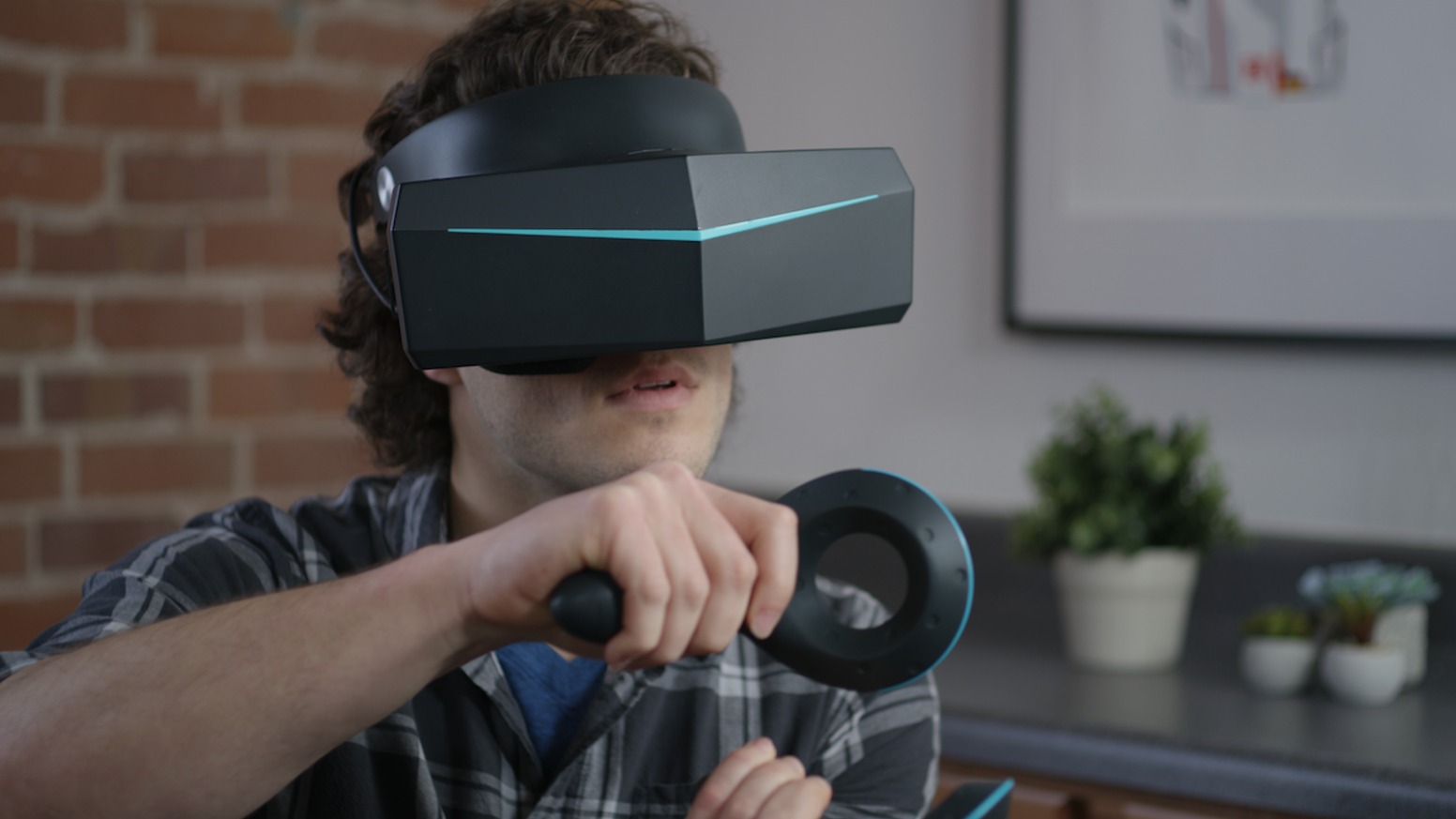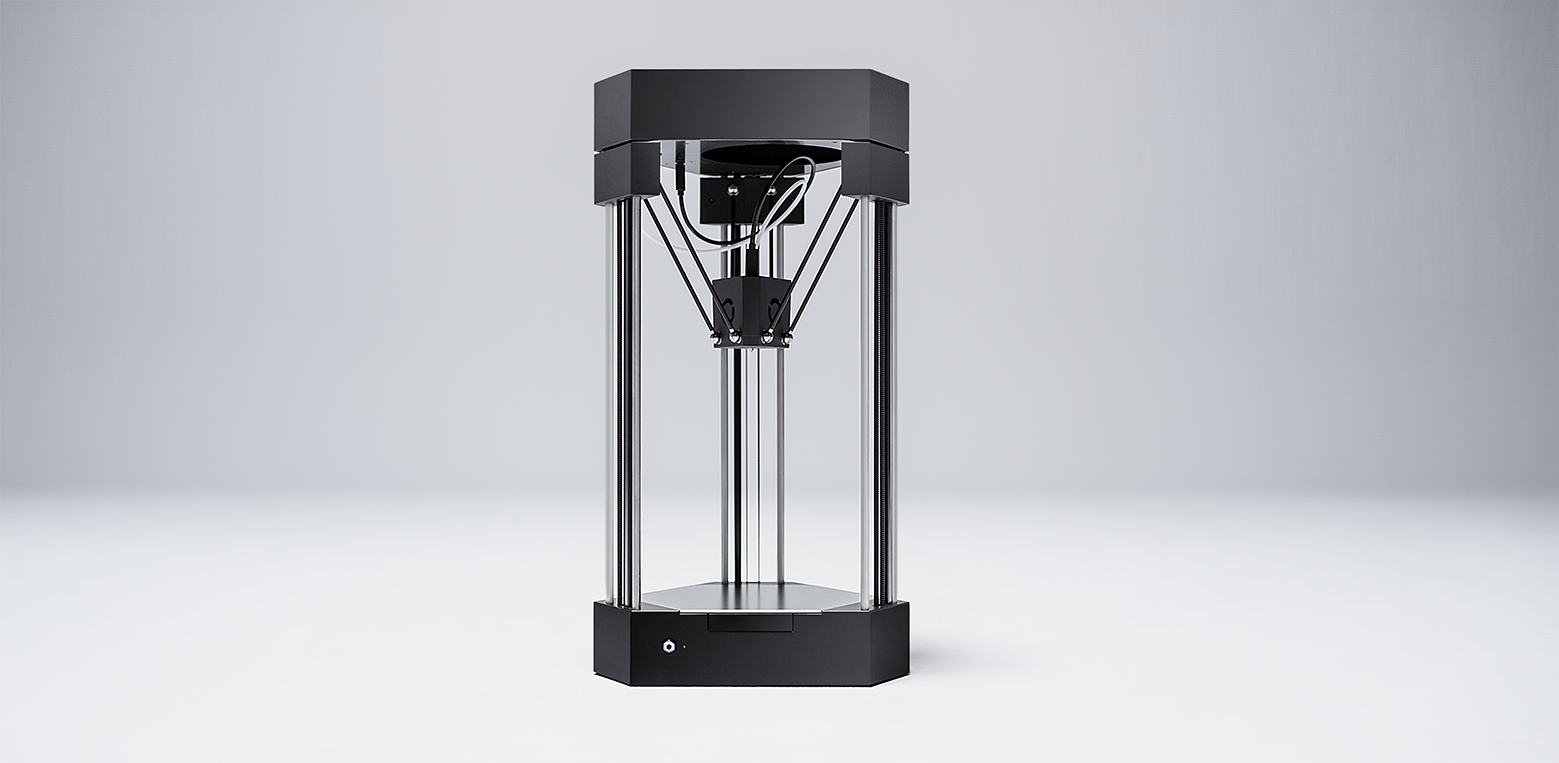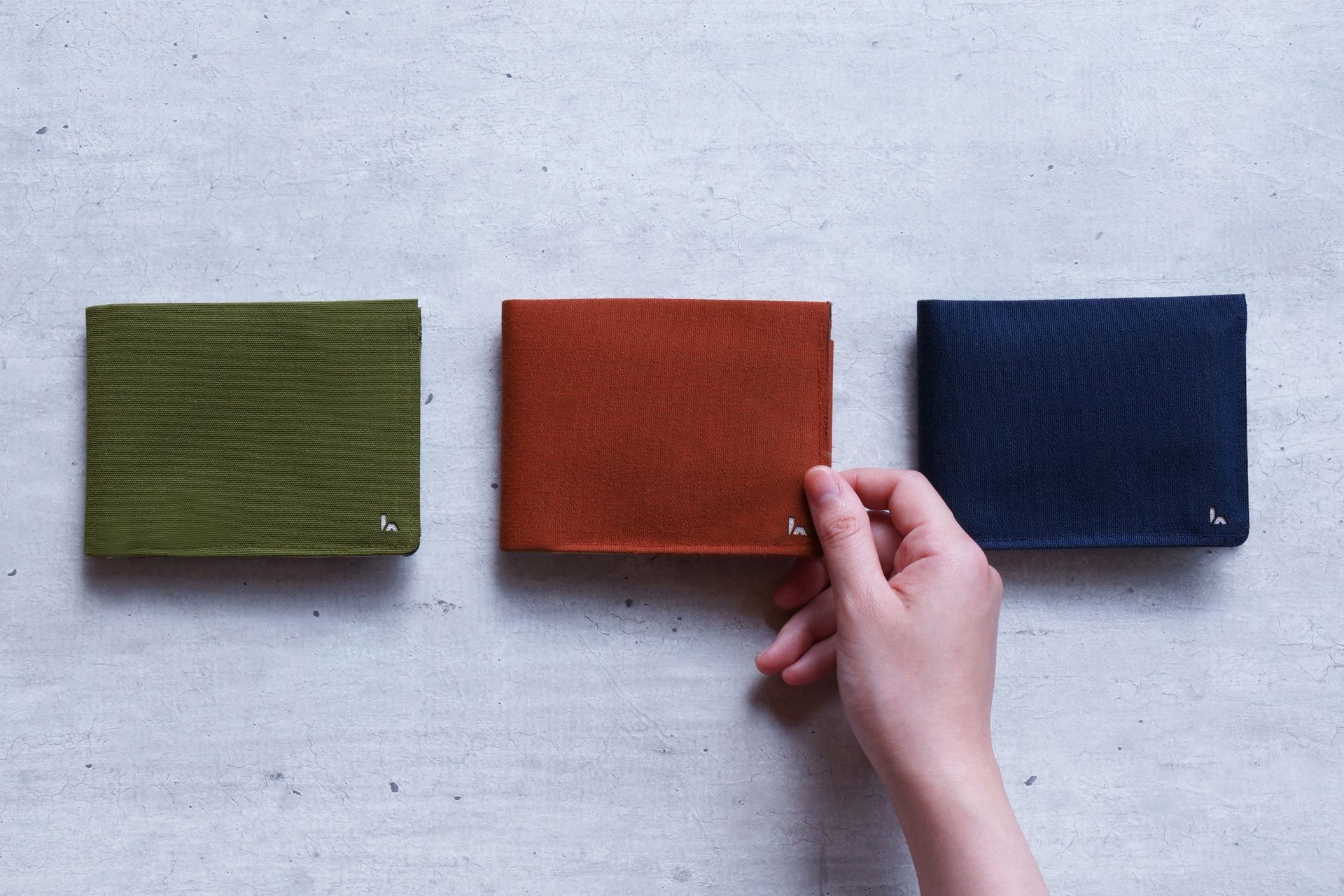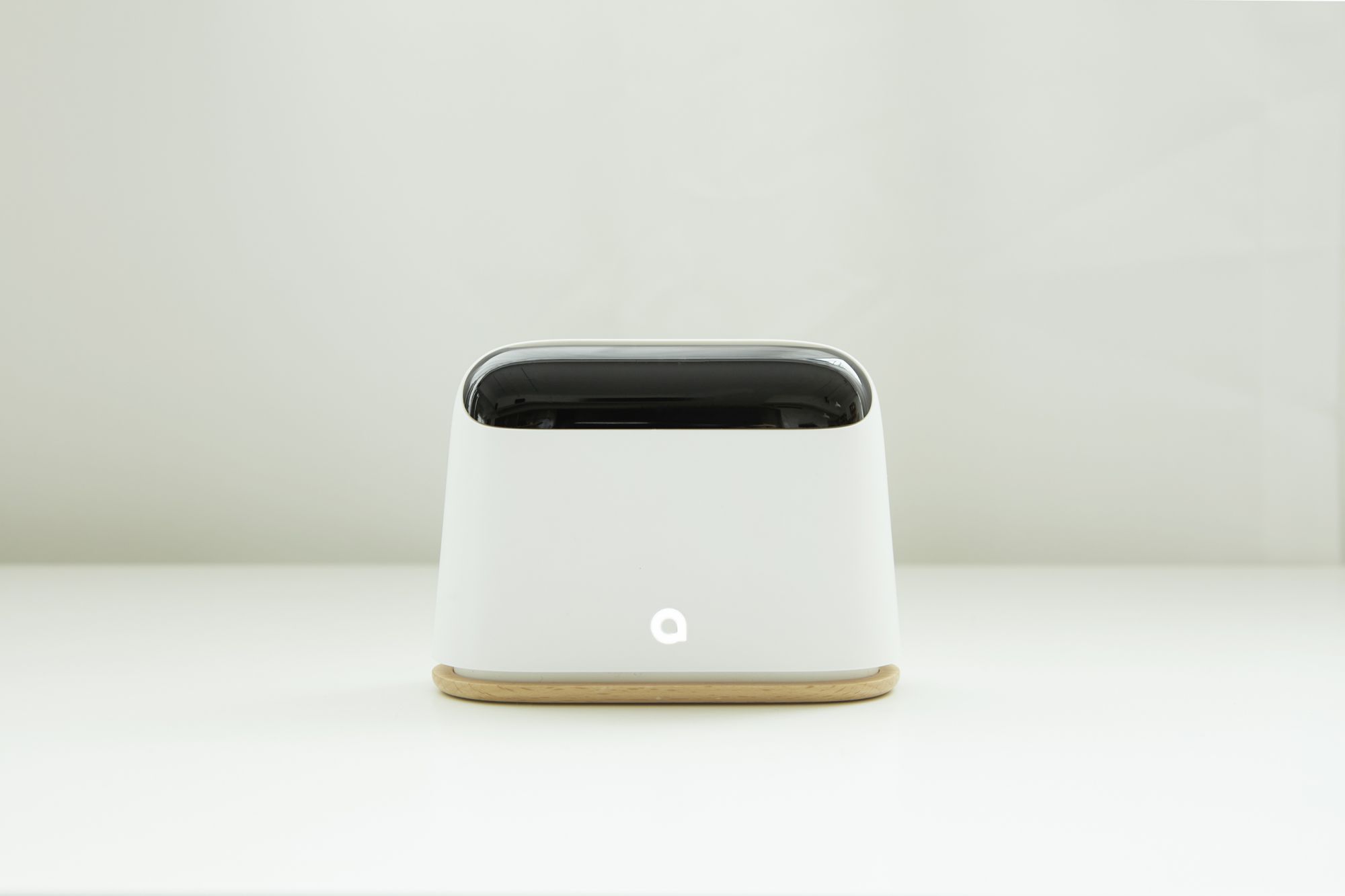1. <strong>Pimax</strong>

Location China
Total raised US$4.2 million (HK$33.2 million)
Number of backers 5,946
The product Promising the world’s first 8K VR headset with a 200-degree field of vision, Pimax raised an impressive HK$33 million during its Kickstarter campaign.
The Shanghai-based company drummed up coverage from key tech media before the campaign even launched, building enthusiasm in the press around the headset’s cutting-edge technology and modular design. Instead of selling a one-size-fits-all kit, Pimax enables “VR futurists” to upgrade the headset as new technology rolls out.
What made the campaign successful? “Pimax raised a ton of money because the bulk of their backers pledged around US$800. That’s a lot to invest, but you’re more likely to see that for futuristic tech, which gets people excited,” says Denholder.
“To explain their product, they used a lot of powerful videos and testimonials. But they also secured [a lot] of media—and, most importantly, tech media. The thing is, you need to find your ideal audience and connect with them. In this case, it’s early adopters and they will be reading these types of publications.”
2. <strong>Silentmode</strong>




